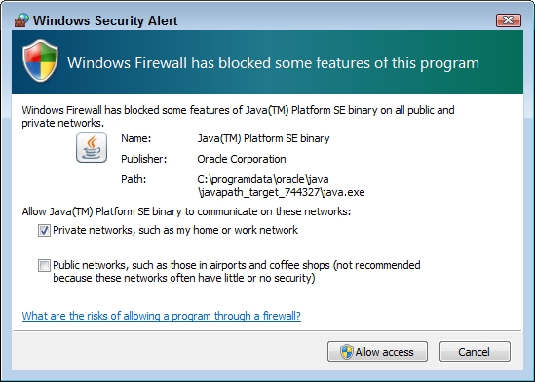

In the background, DynamoDB keeps each of the GSIs automatically in sync with the base table. With GSIs, you can use GetItem and query operations using non-primary key attributes. If you index that attribute using Global Secondary Index, you don't have to use scan operation. DynamoDB Global Secondary Index (GSI)īut what if you want to fetch an item without knowing its key, you only know other attribute, let's say authorId of the Book. Thanks to that (and GSIs + LSIs, more on that later), our Key-Value store becomes much more sophisticated because it allows for more complex query access patterns. Choosing this option allows items to share the same partition/hash key, but the combination of hash key and sort key must be unique.Īs a consequence, you can now use Query, which allows to fetch a collection of items with the same partition key. DynamoDB Composite KeyĪnother option is to use a composite key, which is composed of partition key, also known as hash key, and sort key, also known as range key. You lose the ability to perform a Query, to fetch data from a table with such key, you can use Scan or GetItem operation. With simple key, DynamoDB essentially works just like a Key-Value store. Each record needs to have one of these, and it needs to be unique. In DynamoDB there are two types of primary keys: Different DynamoDB Key TypesĭynamoDB simple key consists only of one value - the partition/hash key. If you want to access an item in the DynamoDB table fast (with O(1) complexity), you'll need to know its key. NET Core Console application.Keys, like in many other NoSQL and SQL databases, act as a unique identifier of a record or item.
HOW TO ACCESS LOCAL DYNAMODB HOW TO
Thus, in this article, you saw how to setup Amazon DynamoDB locally and access the data from DynamoDB table in.

Items are retrieved from local DynamoDB table. Public string ProductCategory ", book.Id, book.Title, book.ISBN)

NET Core Console Application using Visual Studio.Ĭreate a new class and name it as Book.cs. NET Core Console Application for testingĬreate a sample. aws dynamodb batch-write-item -request-items file://ProductCatalog.json -endpoint-url Once the data is loaded you can view the items and tables in NoSQL Workbench.Ĭreate sample. Open Command prompt and navigate to the location where JSON files are available. provisioned-throughput ReadCapacityUnits=5,WriteCapacityUnits=5 ^ key-schema AttributeName=Id,KeyType=HASH ^ attribute-definitions AttributeName=Id,AttributeType=N ^ Create a sample table using AWS CLI as shown below. java =./DynamoDBLocal_lib -jar DynamoDBLocal.jar -sharedDbĬonnect to Local Dynamo DB in NoSQL WorkbenchĬlick Operation builder and then click Add connection.Ĭlick DynamoDB local tab, enter the Connection name and click Connect. To start DynamoDB on your computer, open a command prompt window, navigate to the directory where you extracted DynamoDBLocal.jar, and enter the following command. Ensure to start and running DynamoDB locally during development to access DynamoDB locally.
HOW TO ACCESS LOCAL DYNAMODB INSTALL


 0 kommentar(er)
0 kommentar(er)
